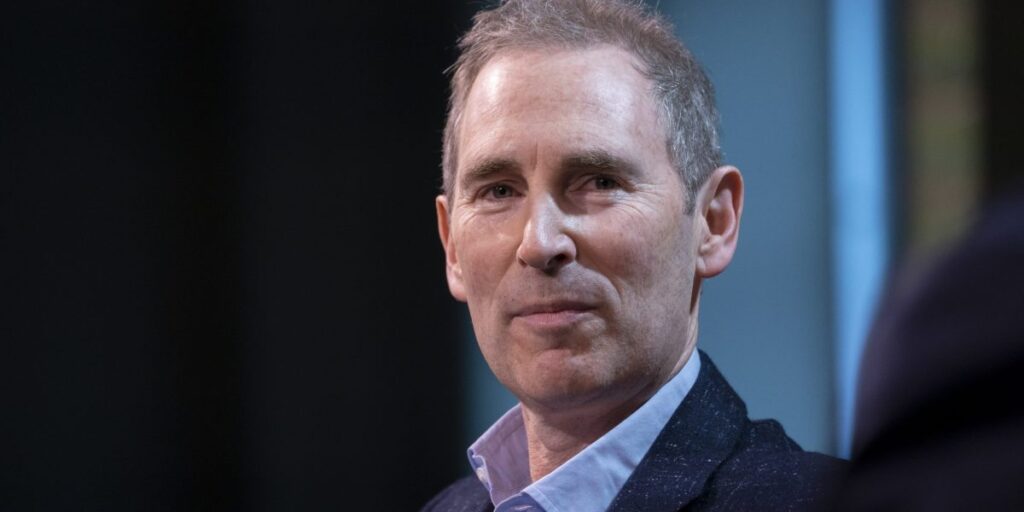One new fee requires sellers to either pay for a new Amazon warehousing service or begin shipping goods to at least four different warehouses on their own dime to avoid the fee. Another penalizes sellers if their inventory in Amazon warehouses consistently runs too low, unless they sign up for the same new Amazon warehousing service.
Sometime after the article was published, FTC staff began reaching out to Amazon sellers to learn more about the impact of the fees, according to multiple sources. It’s unclear how many sellers have been contacted. It’s also not yet clear what the exact goal of the inquiries is, but the FTC last year filed an antitrust lawsuit against Amazon that included claims of Amazon abusing its power over these sellers. Amazon is fighting the suit.
FTC spokesperson Douglas Farrar declined to comment.
Amazon spokesperson Mira Dix told Fortune that the new fee changes “allow sellers to choose where they want to have Amazon take on different aspects of fulfillment and where they want to do the work themselves. On average, the 2024 fee changes are significantly less than those announced by other major fulfillment services, and many sellers will see a decrease in the average fees paid to Amazon per unit sold.”
None of the half dozen sellers Fortune spoke to last week expected their costs to decrease as a result of the changes, however.
Amazon first announced these fees and other seller fee changes in December, and said they were designed to increase shipping speeds for Amazon customers, while reducing the costs of such initiatives. But a half dozen top Amazon sellers told Fortune last week that the new fees are overly complex and expensive, and may force them to cede more control of their supply chain to the tech giant or raise prices for consumers buying their goods on Amazon.
The new fees apply to the majority of the hundreds of thousands of small and midsize businesses that sell goods on Amazon in the U.S., and that already pay Amazon to store and ship goods on their behalf through a program known as FBA, or Fulfillment by Amazon. FBA is the easiest way for sellers to guarantee that their goods carry the crucial Amazon Prime badge and are available for fast delivery.
Amazon sellers accounted for more than 60% of items sold on the company’s shopping sites during the holiday quarter, with the tech giant generating $140 billion in revenue from seller fees alone in 2023.
Last week, Amazon sellers told Fortune that at least one of the new fees—called “the inbound placement service fee”—appears designed to pressure merchants to utilize another Amazon warehousing service in addition to FBA, called AWD, or Amazon Warehousing and Distribution. The idea of AWD is to replace warehouses where Amazon sellers store their long-term inventory before they are shipped to Amazon’s FBA warehouses or fulfillment centers to be packed into customer orders.
Some of the business owners who spoke to Fortune also said that this new “placement fee,” coupled with another that Amazon will soon charge for low-inventory levels, will force them to pass on price increases to Amazon customers.
“It’s becoming increasingly difficult to sell on Amazon,” Albert Grazi, a highly rated Amazon seller of seven years who sells around $5 million in water filtration products on Amazon annually, told Fortune last week. “You are getting squeezed from all sides.”
In the days since the original Fortune report, the new fees have sparked impassioned discussions among sellers on LinkedIn, the popular wallstreetbets subreddit, as well as Amazon’s own seller-focused message board. Some sellers have appeared blindsided by the news, while others have been sharing advice on potential workarounds. One involves applying for Merchant Fulfilled Prime, which allows a seller to store and ship their products on their own and still earn the Prime badge if they can hit a strict threshold of delivery performance.
Beyond the new inbound placement fees, on April 1 Amazon will also begin charging most sellers a fee if they don’t consistently have four weeks of inventory in Amazon fulfillment centers. One problem, sellers told Fortune, is that Amazon also charges sellers for storing too much inventory in Amazon facilities.
“You gotta precisely thread the needle to not get completely killed,” Judah Bergman, the CEO of a major Amazon seller called Jool Baby, said last week of the low-inventory charges.
However, sellers can avoid the low-inventory fees by handing Amazon more control of their supply chain and utilizing the AWD service for long-term inventory storage.
Do you have thoughts on this topic or a tip to share? Contact Jason Del Rey at jason.delrey@fortune.com, jasondelrey@protonmail.com, or through secure messaging app Signal at 917-655-4267. You can also message him on LinkedIn or at @delrey onX.
In our new special issue, a Wall Street legend gets a radical makeover, a tale of crypto iniquity, misbehaving poultry royalty, and more.
Read the stories.

